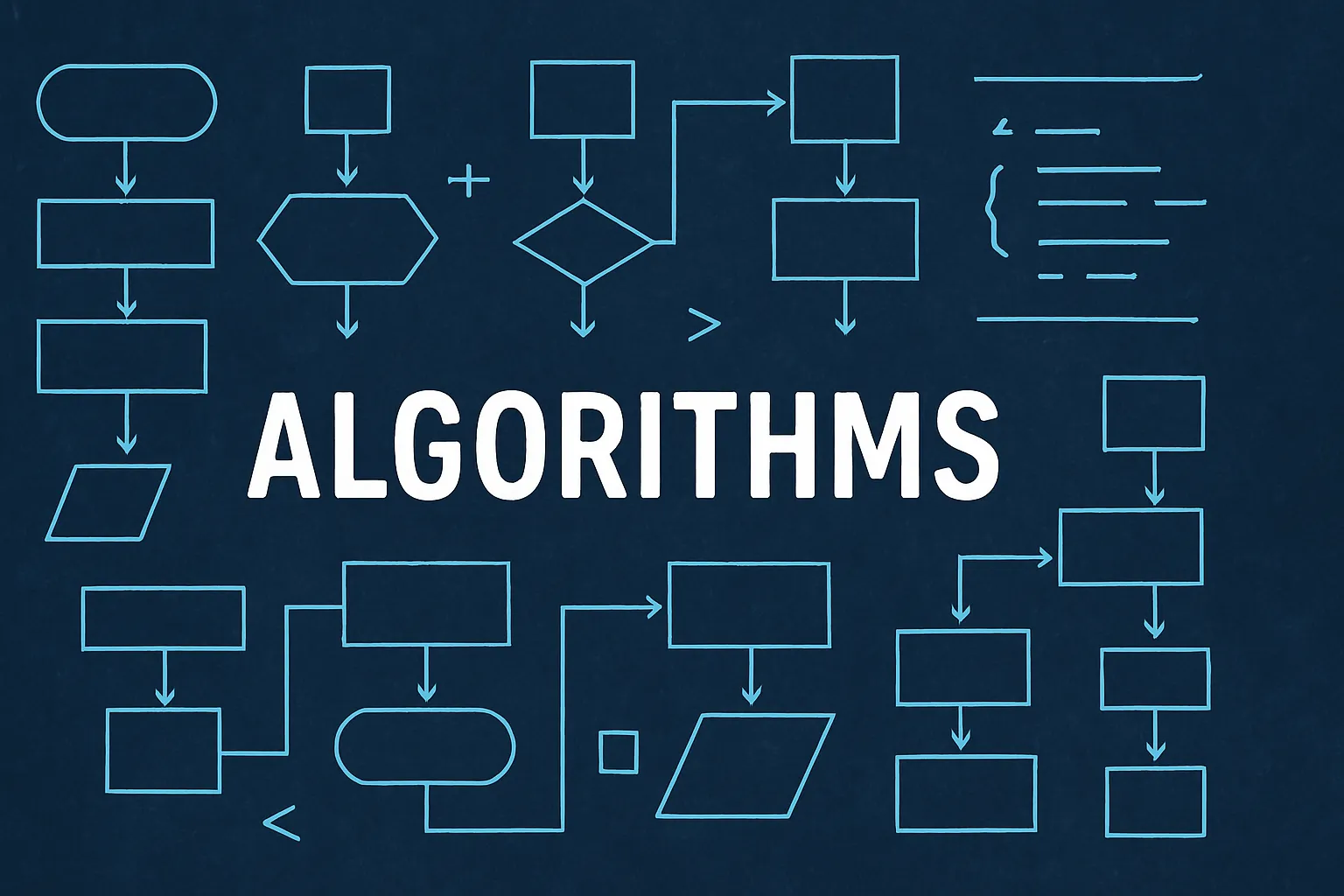UPSC
The Hindu Briefs
The Soul of Creativity in an Algorithmic Age
Last Updated
30th March, 2025
Date Published
30th March, 2025
Share This Post With Someone

Context:
This article, published on March 29, 2025, in The Hindu, explores the intersection of artificial intelligence (AI) and creativity, delving into ethical, cultural, and philosophical implications. It highlights the tension between technological abundance and the human essence of art, offering insights into how AI reshapes creative fields and societal values.
Key Points:
- Impact of Abundance on Creativity: The digital era’s abundance of content has democratized creativity, enabling anyone to produce art, music, or literature using accessible tools, but this often leads to superficial engagement rather than deep mastery.
- AI’s Role in Art: AI tools can compose music, generate artwork, and write novels, showcasing technical prowess but raising questions about the absence of human emotion, experience, and individuality—elements central to creativity.
- Ethical Concerns in AI Art: In January 2024, MidJourney faced backlash for using 16,000 artists’ works without permission to train its algorithms, sparking debates on copyright infringement and the ethics of replicating famous styles (e.g., Van Gogh’s).
- Music Industry Transformation: An AI-generated track mimicking Drake and The Weeknd’s voices highlighted AI’s ability to blur lines between human and machine creativity, intensifying discussions on authenticity and originality.
- Literature and AI: In 2023, an AI-generated poem won a regional contest, only later identified as machine-made, prompting reflection on whether technical perfection can substitute the soul and intent of human expression.
- Superficiality vs. Depth: The ease of creation through AI and digital tools shifts focus from quality to quantity, as algorithms prioritize constant output over meaningful work, risking the dilution of artistic depth.
- Human Essence in Creativity: Creativity is rooted in human qualities—emotion, experience, and uniqueness—that AI cannot fully replicate, emphasizing the enduring value of human mastery.
- Balancing Technology and Authenticity: The challenge lies in leveraging AI’s potential while preserving authenticity, ensuring technology enhances rather than overshadows human creativity.
- Cultural Implications: The rise of algorithmic art reflects a broader societal shift toward convenience and efficiency, potentially at the cost of depth and intentionality in creative pursuits.
- Active Engagement as a Solution: To counter content saturation, individuals should actively engage with art—appreciating its depth—rather than passively consuming it, fostering a richer creative culture.
- Future Outlook: The article calls for a balance between accessibility (via AI tools) and the preservation of human essence, urging society to prioritize quality over superficiality in the digital age.
Key Terms:
- Algorithmic Art: Art created or influenced by AI algorithms, often lacking human emotional depth.
- Copyright Infringement: Unauthorized use of artists’ works to train AI, raising legal and ethical issues.
- Creative Authenticity: The genuine human essence in art, derived from emotion and experience.
- Digital Abundance: The overwhelming availability of content due to technological advancements.
- Superficial Engagement: Surface-level interaction with creative works, lacking depth or mastery.
- Technical Perfection: Flawless outputs by AI, often devoid of human intent or soul.